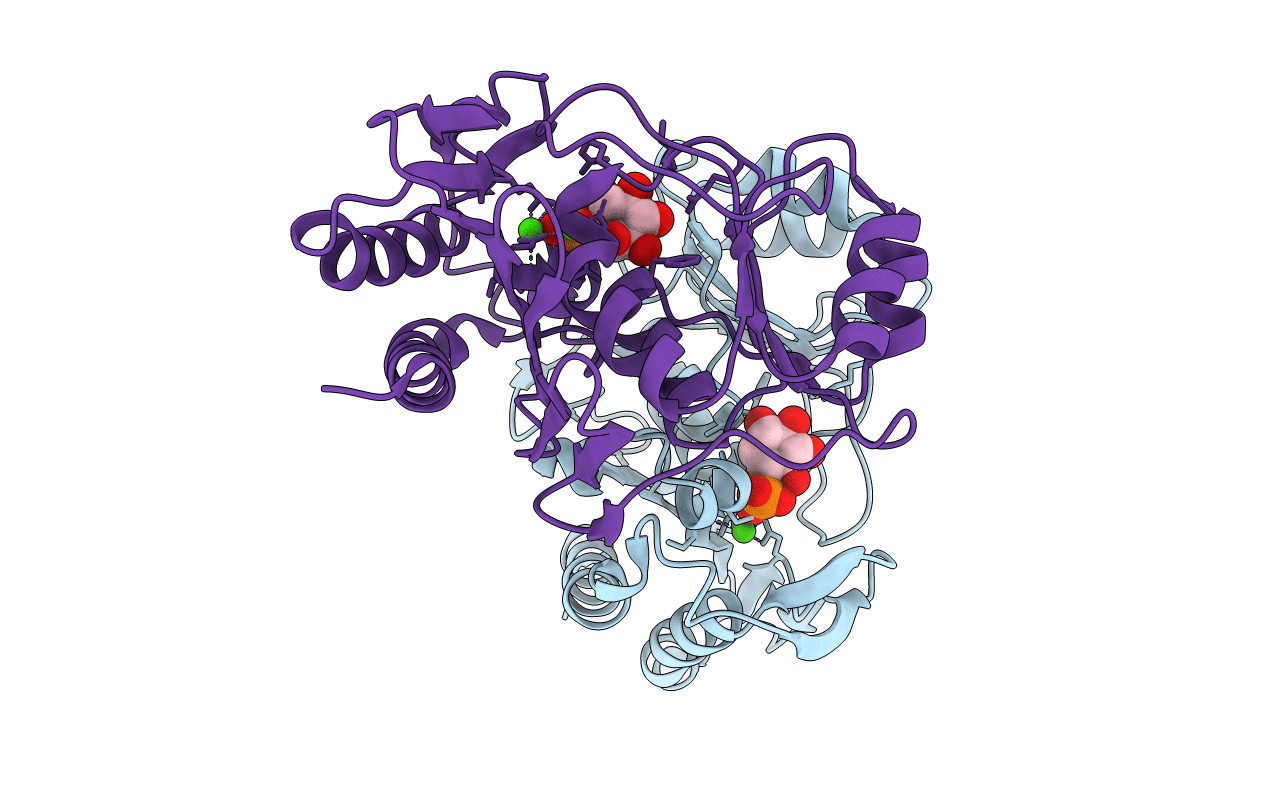
Deposition Date
2000-10-06
Release Date
2001-03-14
Last Version Date
2023-08-09
Entry Detail
PDB ID:
1G0H
Keywords:
Title:
CRYSTAL STRUCTURE OF MJ0109 GENE PRODUCT INOSITOL MONOPHOSPHATASE-FRUCTOSE 1,6 BISPHOSPHATASE
Biological Source:
Source Organism:
Methanocaldococcus jannaschii (Taxon ID: 2190)
Host Organism:
Method Details:
Experimental Method:
Resolution:
2.30 Å
R-Value Free:
0.27
R-Value Work:
0.22
R-Value Observed:
0.22
Space Group:
P 21 21 21


